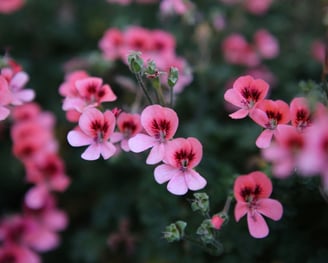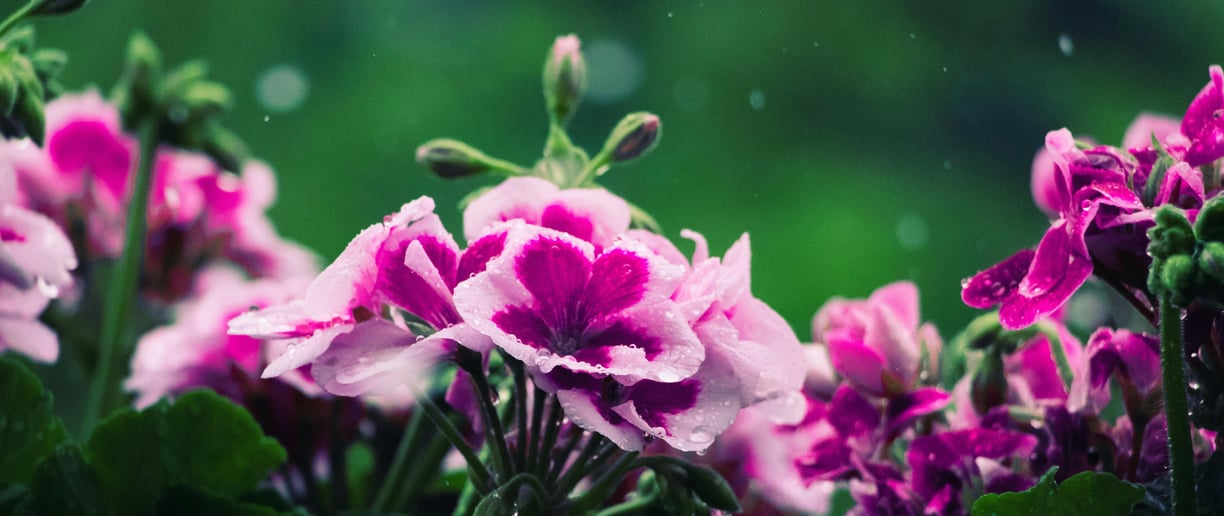

Geraniums, the beloved flowering plants, enchant with their vibrant blooms and lush foliage, originating from various regions across the globe. These versatile plants come in a myriad of colors, including shades of pink, red, purple, and white, adorning gardens, balconies, and window boxes with their cheerful presence. With their compact growth habit and tolerance to a wide range of conditions, geraniums thrive in both garden beds and containers, making them a favorite among gardeners of all skill levels. Beyond their ornamental value, geraniums are cherished for their aromatic foliage, which emits a delightful scent when brushed against. This aromatic quality has led to their use in perfumes, potpourris, and essential oils. Additionally, geraniums are valued for their resilience and low maintenance, requiring minimal care to produce abundant blooms throughout the growing season. Whether gracing a garden border or brightening a sunny windowsill, geraniums captivate with their beauty and fragrance, adding joy and color to any space.
Geranium
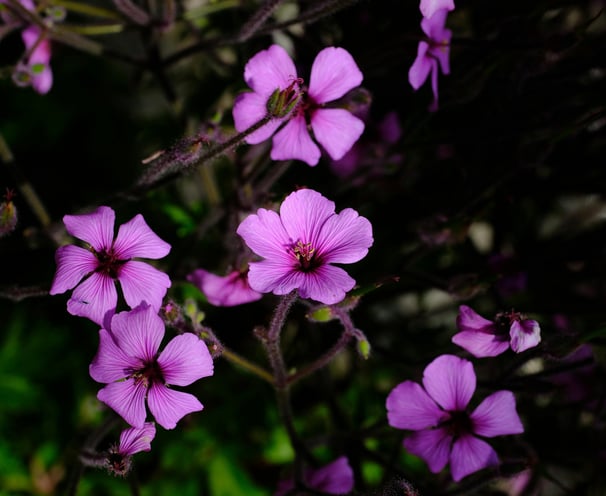

Geraniums thrive in well-drained soil that is rich in organic matter and slightly acidic to neutral, with a pH level between 6.0 and 7.0. They prefer sandy loam or loamy soil that promotes good drainage, preventing water-logging which can lead to root rot. Before planting geraniums, amend heavy clay soils with organic matter such as compost or well-rotted manure to improve soil texture and drainage. Ensure that the soil is loose and well-aerated to facilitate root growth. Plant geraniums in a location with full sunlight exposure to promote vigorous growth and abundant flowering. Regular watering is essential to keep the soil consistently moist but not waterlogged. Mulching around the base of geranium plants helps retain soil moisture, suppress weeds, and regulate soil temperature. With proper soil preparation and care, geraniums will thrive and reward you with their vibrant blooms all season long.
Soil Needs
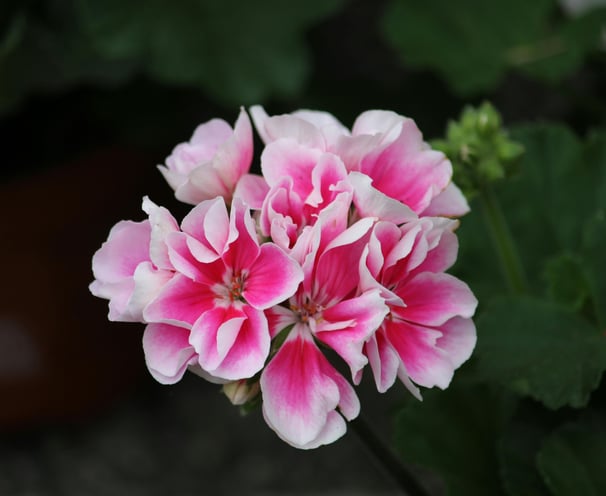

Geraniums have moderate water needs, requiring regular watering to maintain soil moisture during the growing season. Water deeply and thoroughly, ensuring the soil is evenly moist but not waterlogged. Allow the top inch of soil to dry out between watering sessions to prevent water-logging and root rot. Avoid overhead watering, as wet foliage can promote fungal diseases. During hot, dry periods, increase watering frequency to keep the soil consistently moist. Mulching around the base of geranium plants helps retain soil moisture, suppress weeds, and regulate soil temperature. In cooler months or during dormancy, reduce watering frequency but ensure the soil doesn't dry out completely. Regularly monitor soil moisture levels and adjust watering practices accordingly to meet the specific needs of your geraniums for optimal growth and blooming.
Water Needs
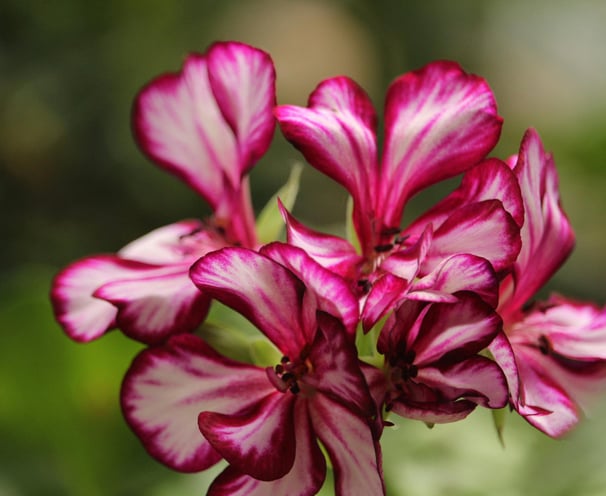

Geraniums have modest fertilizer needs, requiring periodic feeding to support healthy growth and abundant flowering. Apply a balanced, slow-release fertilizer formulated for flowering plants in early spring, just as new growth emerges. Avoid fertilizers high in nitrogen, as they can promote excessive foliage growth at the expense of flower production. A fertilizer with a higher phosphorus content encourages robust root development and flowering. Apply fertilizer according to package instructions, ensuring even distribution around the base of the plant. Water thoroughly after fertilizing to help nutrients reach the root zone. Organic fertilizers such as compost or well-rotted manure can also provide beneficial nutrients to geraniums. Apply organic amendments as a top dressing around the base of the plant in early spring. Monitor plant growth and flowering throughout the growing season and adjust fertilization practices as needed to maintain healthy, vigorous geraniums.
Fertilizer Needs
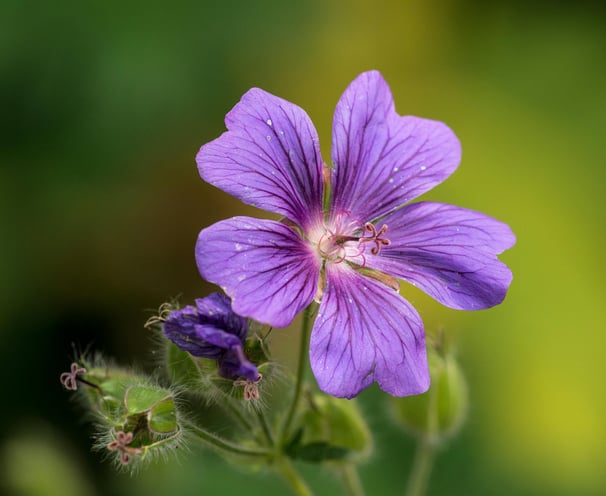

Geraniums offer a wide range of varieties, each with its own unique characteristics in terms of flower color, growth habit, and fragrance. Some popular geranium varieties include:
Zonal Geraniums (Pelargonium x hortorum): Known for their large, colorful flowers and zonal markings on the leaves, these geraniums are available in a wide range of colors, including red, pink, white, and salmon.
Ivy Geraniums (Pelargonium peltatum): These trailing geraniums are prized for their cascading growth habit, making them ideal for hanging baskets and containers. They produce an abundance of small, colorful flowers in shades of pink, red, and purple.
Regal Geraniums (Pelargonium x domesticum): Also known as Martha Washington geraniums, these varieties feature large, ruffled flowers in vibrant shades of purple, pink, and white. They prefer cooler temperatures and partial shade.
Scented Geraniums (Pelargonium spp.): These geraniums are prized for their fragrant foliage, which releases delightful scents when touched or crushed. Varieties include rose, lemon, peppermint, and apple scented geraniums.
Stellar Geraniums (Pelargonium x domesticum 'Stellar'): These compact geraniums produce an abundance of small flowers in various colors, including pink, purple, and white. They are ideal for mass planting in flower beds or borders.
Balcon Geraniums (Pelargonium x hortorum 'Balcon'): These compact, bushy geraniums are perfect for container gardening and small spaces. They produce an abundance of colorful flowers and have a long blooming season.
These are just a few examples of the diverse geranium varieties available, each offering its own beauty and charm to gardeners and flower enthusiasts.
Geranium Varieties

